
Positive Mobility
eMagResilient and smart: when transport infrastructure plans ahead
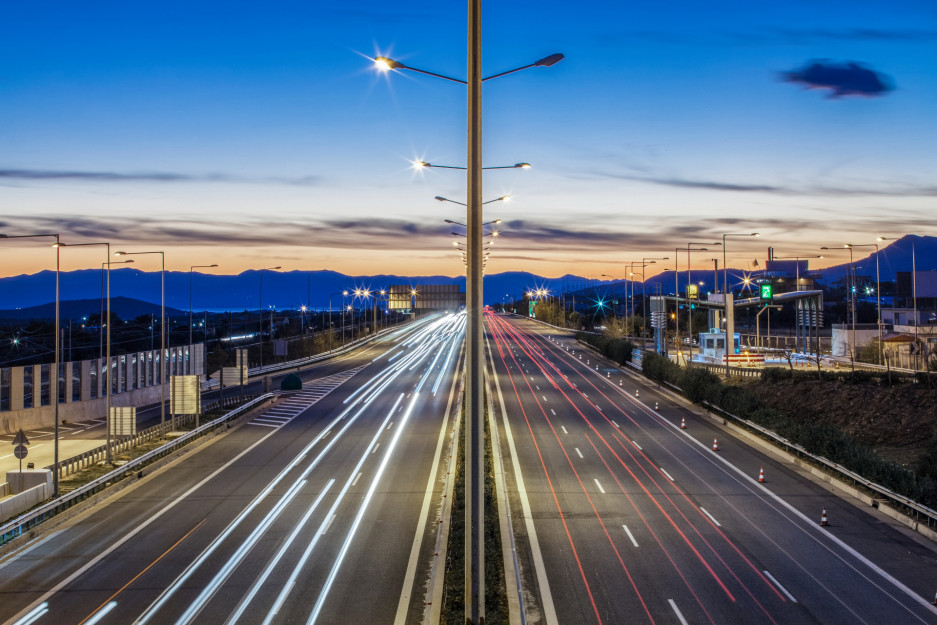
Airports, highways and rail networks are living structures that evolve over the years under the influence of their environment. It is vital that they are protected or prepared so that they can guarantee the best possible quality of service without interruption. This is why VINCI Concessions places great importance on the resilience of its sites, on their capacity to anticipate or respond to different types of risks. This is a priority it meets with the use of cutting-edge technology and a training effort aimed at continuously improving the customer experience while boosting safety for all travellers. Six keywords that illustrate this vital aspect of our work.
Weather risks
The resilience of infrastructure relates directly to its environment and geographical surroundings. Resilience is therefore also impacted by regional weather risks. This factor is all the more critical with the looming climate emergency and increasing number of extreme weather events, such as hurricanes, rising tide levels and flooding. Forward planning is the key, incorporating data on each location during the design and construction phases, making it possible to build installations that are genuinely resilient, capable of resisting or adapting to exceptional conditions.
What does this mean in practice? In Japan, for example, the artificial island that is home to Kansai International Airport is surrounded by a cut-off wall. Why? To protect the airport from a sudden rise in sea level. During the entire concession period, VINCI Airports is carrying out works to raise the height of the seawalls and prevent flood damage from typhoons and high tides.
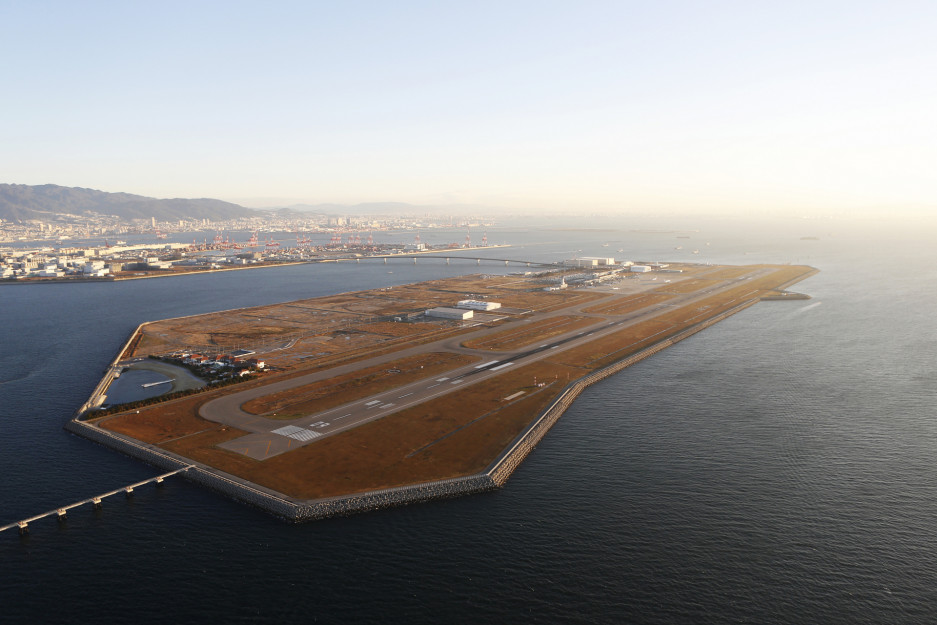
Climate
Action to tackle the climate emergency also involves adopting a resilient approach to infrastructure. This is one of our central commitments at VINCI Concessions, embedded in the design phase as well as in our site maintenance practices, making resilience a reality while planning ahead for climate challenges to come. This is what makes a structure long-lasting.
What does this mean in practice? In Brazil, Salvador Bahia Airport is a pioneer, the country’s first zero effluent airport, with 100% of liquid effluent treated and processed for reuse. In another breakthrough in 2020, its solid waste collection and recovery policy means it delivers zero waste to landfill. This is one of the headline targets of VINCI Concessions’ overall environmental policy. Inspired by this policy commitment, the airport is also Brazil’s first to have its own solar power plant. The plant provides the passenger terminal with 30% of its energy requirements. These achievements led to it being awarded the Via Viva 2020 prize by the government, just five months after the national civil aviation authority named it the country’s most sustainable airport.
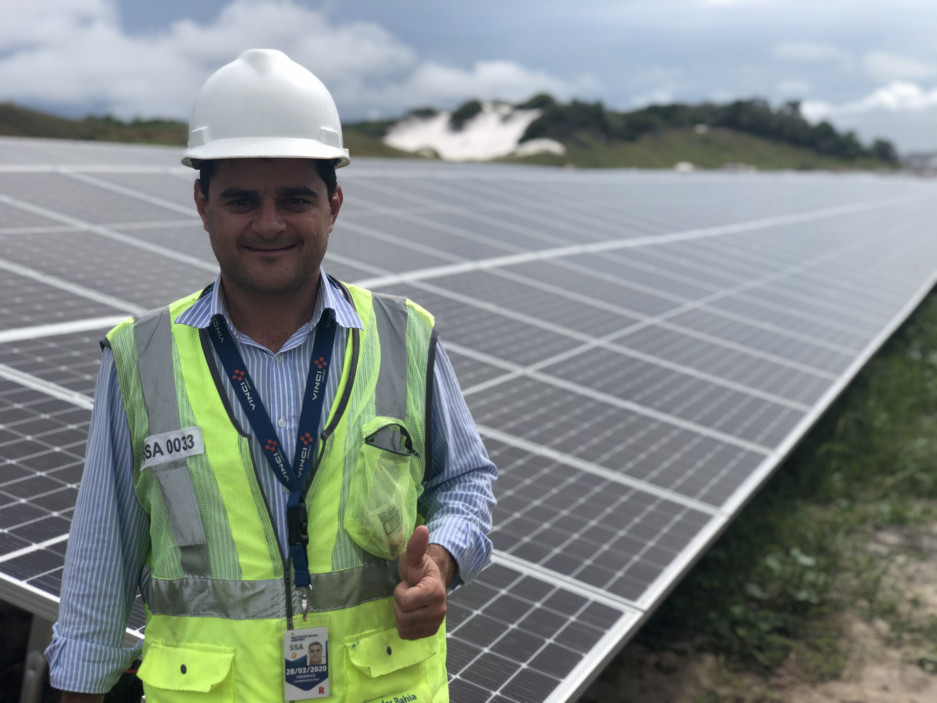
Pandemic
Resilience is a notion that applies to more than just environmental risks. VINCI Concessions takes a far broader approach, incorporating risks of all types. The Covid-19 health crisis has reminded us all that pandemic risks are far from theoretical or confined to the pages of fiction. When faced with this type of situation, teams and structures have a role to play in limiting and controlling risks.
What does this mean in practice? Faced with the Covid-19 pandemic, VINCI Airports rolled out an international health protection campaign, Protecting Each Other, at all its sites. The campaign is based on recommendations from the World Health Organization and United Nations agencies such as the International Civil Aviation Organization. The campaign has been audited and was recently certified by Veritas, world leader in testing, inspection and certification services, in France, Portugal, the United Kingdom and Costa Rica.
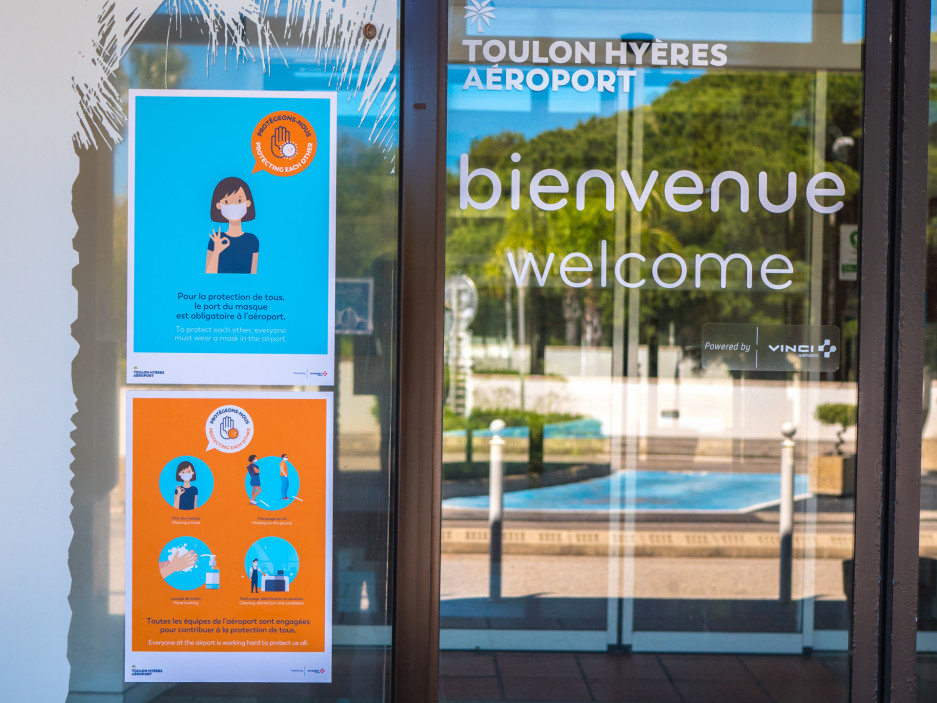
Safety
A resilient site aims to reinforce its users' safety. VINCI Concessions has made it a priority to harness technological progress to deliver an optimal passenger experience.
What does this mean in practice? In Lima, Peru, expressways built by Lima Expresa, a VINCI Highways subsidiary, are fitted with over 120 cameras for round-the-clock traffic surveillance. The system sends data to two control centres, open 24/7. Almost 200,000 vehicles use these motorways every day, which means that keeping traffic flowing smoothly is a major challenge. With its smart, connected approach, VINCI Concessions helps increase mobility while making its roads safer than ever.
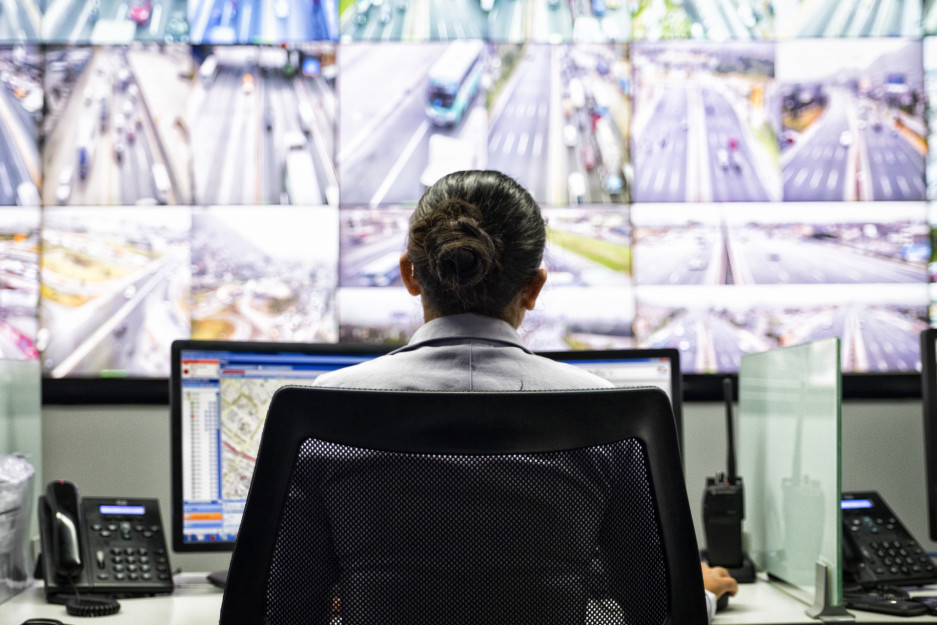
Building Information Modelling (BIM)
BIM, combining 3D visualization with a collaborative platform, is a key tool for developing resilience. VINCI Concessions uses BIM for a great many of its projects. From the design phase, and at every phase of construction, everybody involved with a worksite shares the same information and data. BIM provides smoother communication, helping structures to advance more rapidly. But it is also used to create a constantly evolving database that is particularly invaluable when making decisions at various stages of a structure’s lifecycle, helping with forward-planning for inevitable changes to sites and their environment.
What does this mean in practice? In Germany, the A7 Bockenem-Göttingen motorway links Bavaria with the port of Hamburg. BIM is used for preventative maintenance on this strategically important route. Sensors embedded in the road surface provide real-time information on road conditions. They help to increase road safety for drivers as well as limiting the number of roadway repairs needed and, therefore, the amount of traffic disruption.
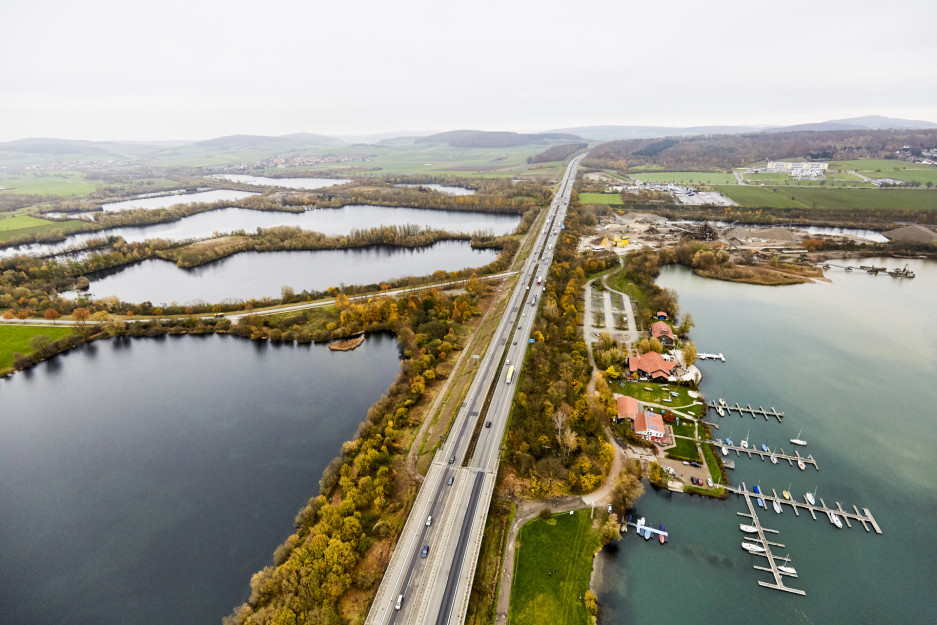
Smart
Smart structures are designed to exploit artificial intelligence and the internet of things to communicate with the teams operating them and the passengers using them. They can transmit real-time data about changing uses, performance and maintenance requirements, a crucial function that reinforces site resilience.
What does this mean in practice? The SEA high-speed line linking Tours and Bordeaux uses trackside sensors to transmit the full range of data needed for smooth operation and maintenance. For example, an algorithm processes track geometry data, looking at 13 parameters for every 25 cm of rail. A further innovation is Time, a tool providing the ability to check on key factors such as track temperature in real time. A technological breakthrough with a direct impact on service quality and passenger journeys: 97% of trains on the line run on time, with passenger satisfaction at 95%.
